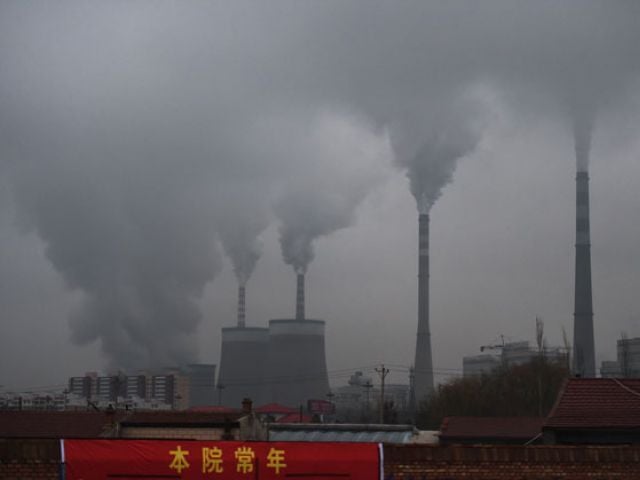
China's cities are often hit by heavy pollution, blamed on coal-burning by power stations, heavy industry and vehicle use, and it has become a major source of discontent with the ruling Communist Party.
Chinese smog has silver lining for mask makers
Government policy was effectively moving pollution from the heavily-populated cities of the eastern seaboard to other areas, Greenpeace said.
The five cities with the highest level of PM2.5 particulates -- small enough to deeply penetrate the lungs -- were all in the westernmost region of Xinjiang, a sometimes violence-prone area home to China's 10 million Uighurs, a Turkic Muslim people.
Kashgar, an ancient oasis town on the Silk Road, was by far the most polluted city with an average PM2.5 concentration of 276.1 micrograms per cubic metre for the three months of this year, government data compiled by Greenpeace showed -- up 99 percent on the same period last year.
Environment protection: EPA directed to enforce pollution charge rules
It went up 49 percent in the city of Hotan, also in Xinjiang.
Kashgar's average concentration was more than 27 times the maximum annual average of 10 micrograms per cubic metre recommended by the World Health Organization (WHO).
The capital Beijing saw PM2.5 levels fall 27 percent to 67.7 micrograms per cubic metre, while in the financial hub Shanghai they declined 12 percent to 60 micrograms per cubic metre.
Beijing "has enacted many pollution limiting guidelines in the east that have had the unintended effect of encouraging pollution emitting industry to shift investment to central and western areas that have yet to become subject to the same controls", Greenpeace said.
Pollution continues to batter city’s lungs, ears
New coal-fired power plants have been concentrated in western regions, with 75 percent of permits in 2015 granted in central or western China, according to the environmental group's analysis, which used data from China's Ministry of Environmental Protection.
The average PM2.5 concentration for the 362 cities monitored was 60.7 micrograms per cubic metre, with 310 cities failing to meet China's own standard of 35 micrograms per cubic metre.
Public discontent about the environment has grown in China, leading the government to declare a "war on pollution" and vow to reduce the proportion of energy derived from fossil fuels.



1730959638-0/trump-(19)1730959638-0-165x106.webp)













COMMENTS
Comments are moderated and generally will be posted if they are on-topic and not abusive.
For more information, please see our Comments FAQ